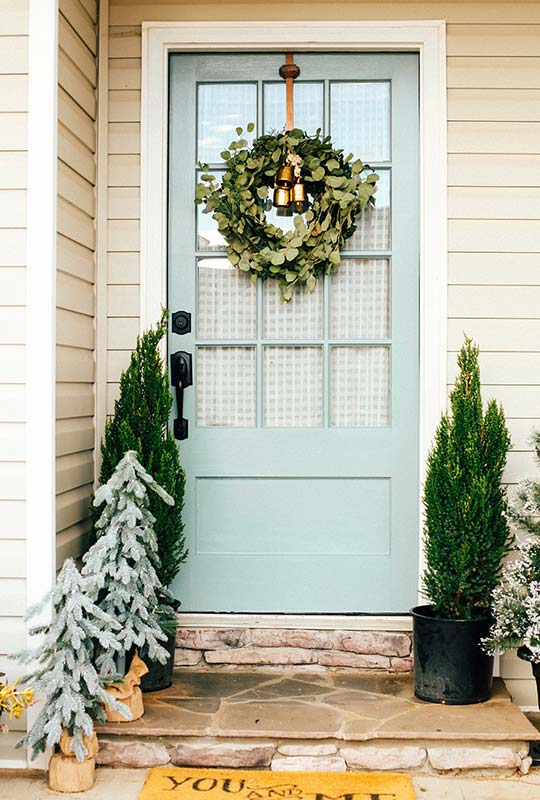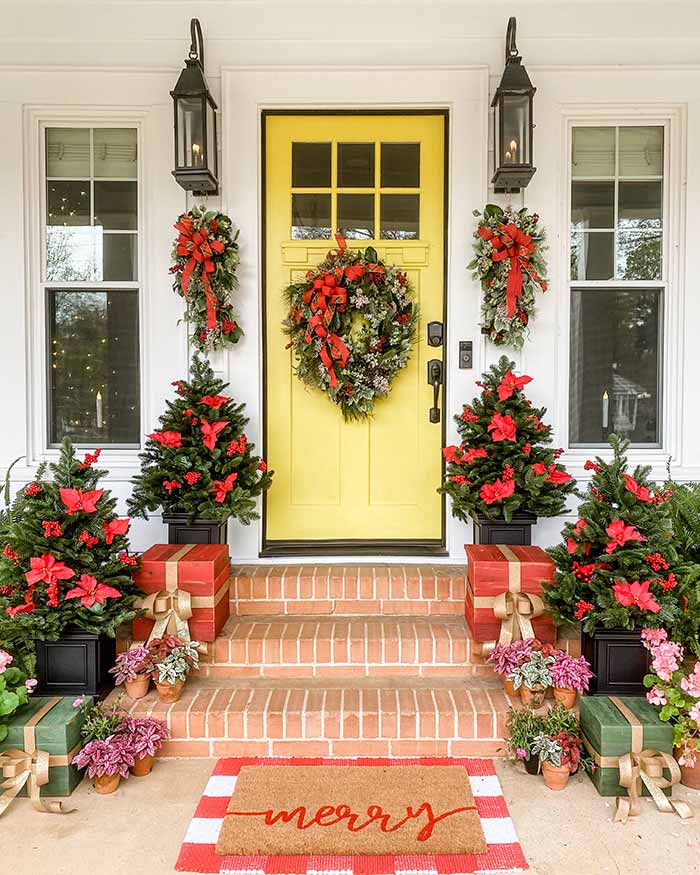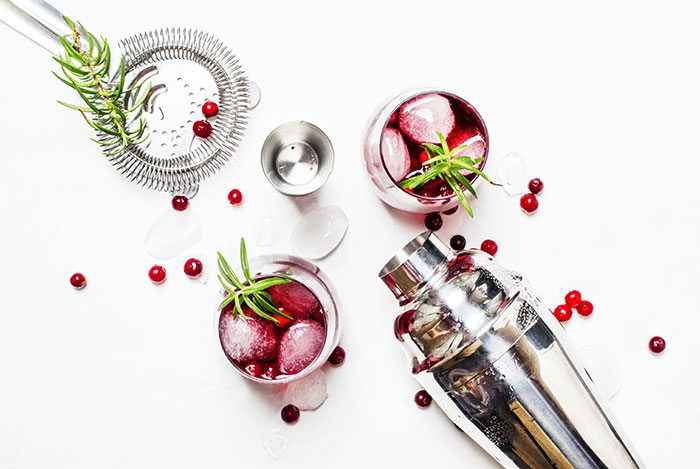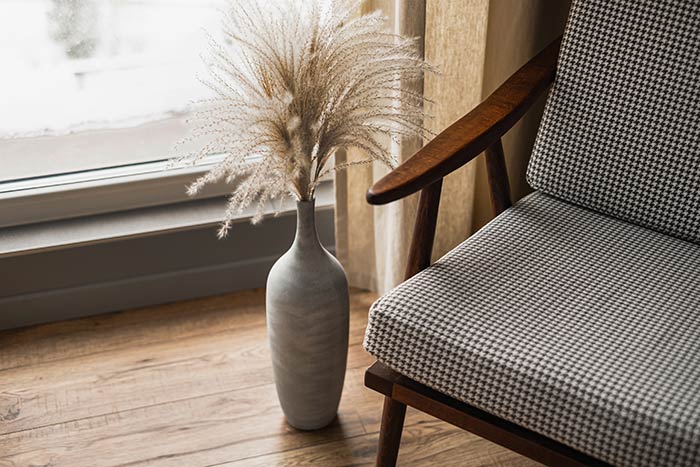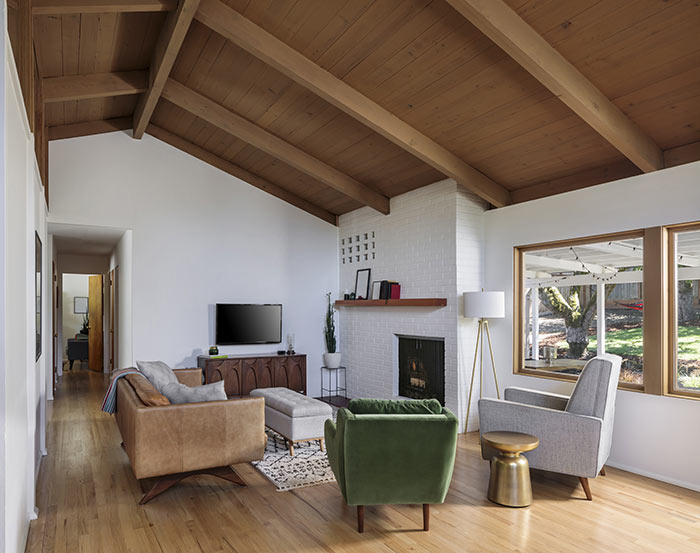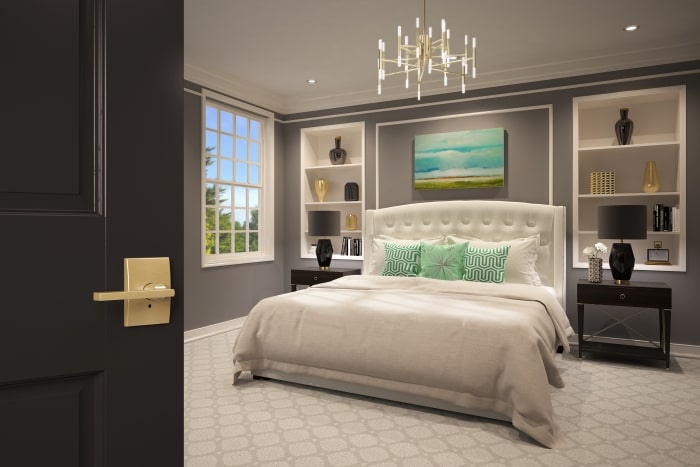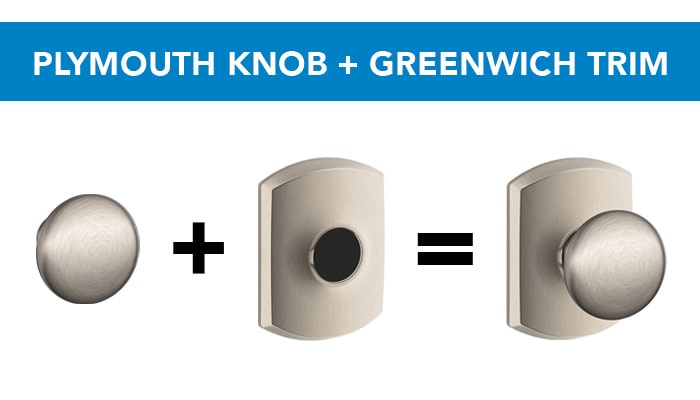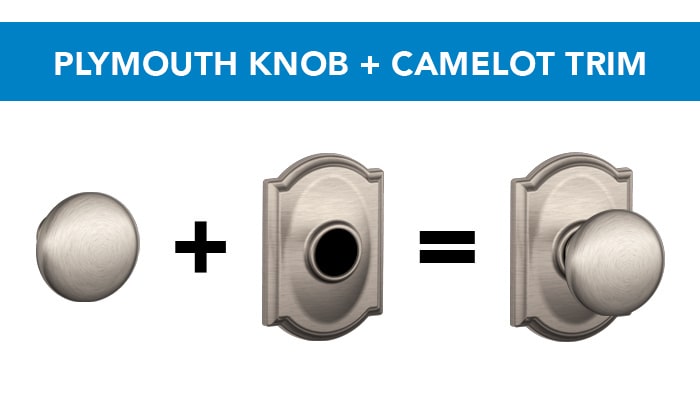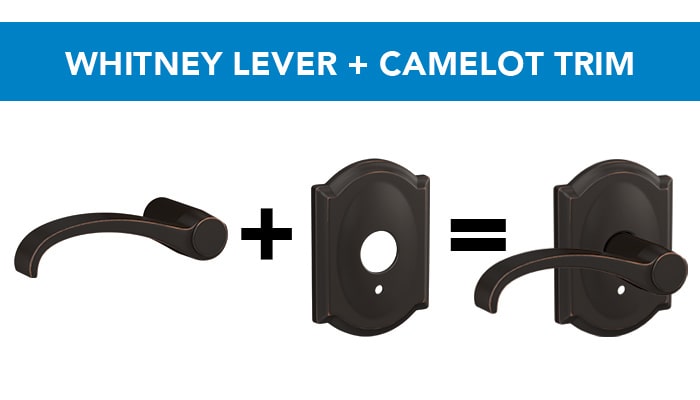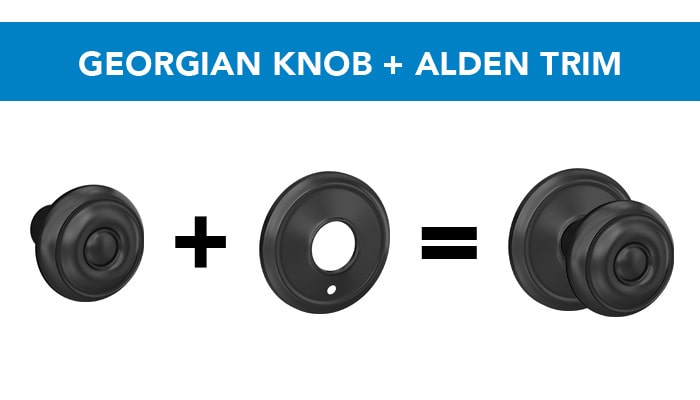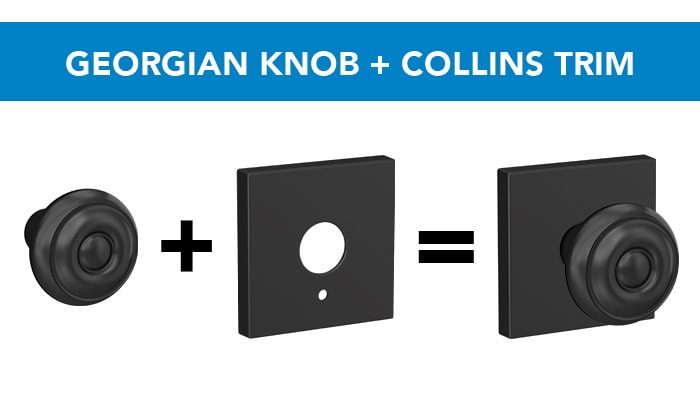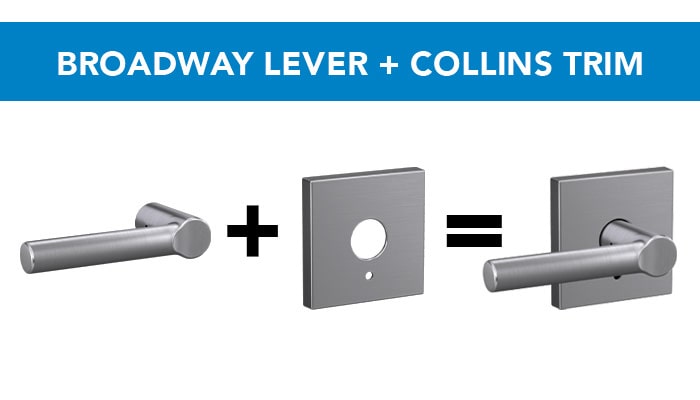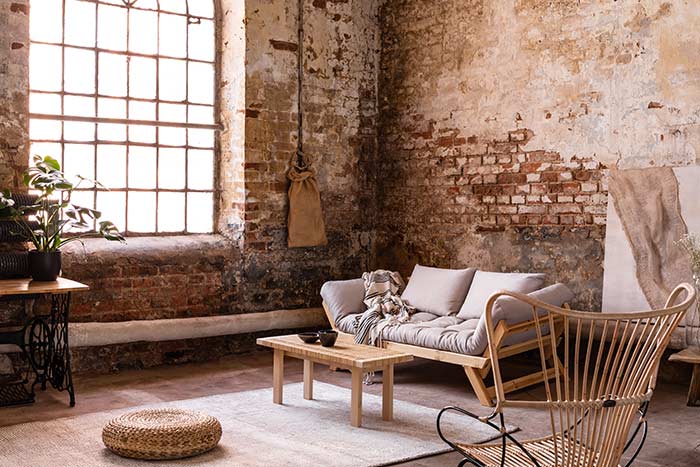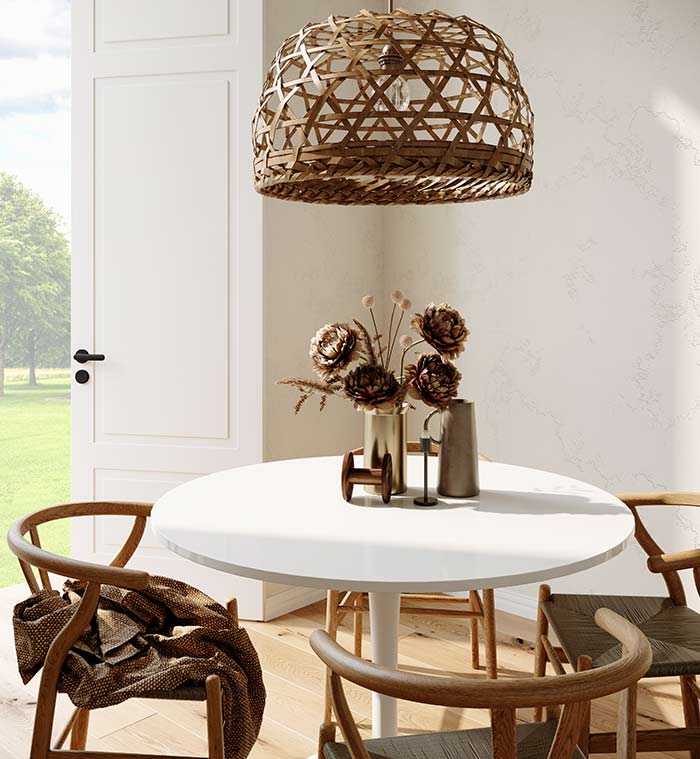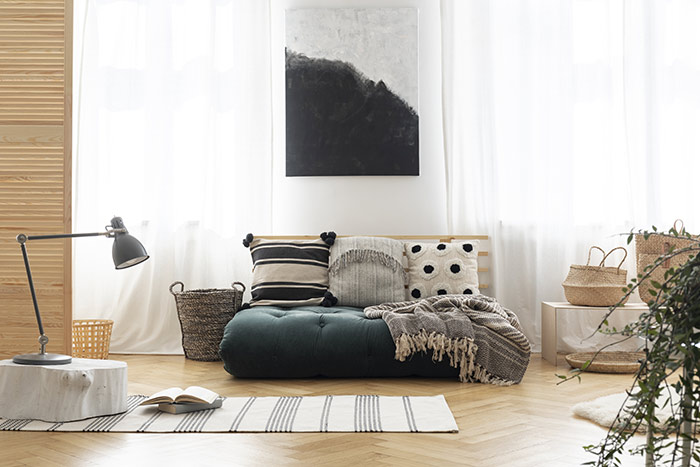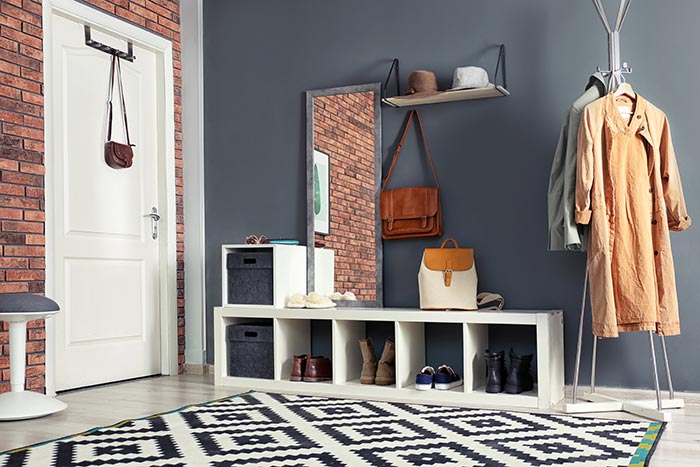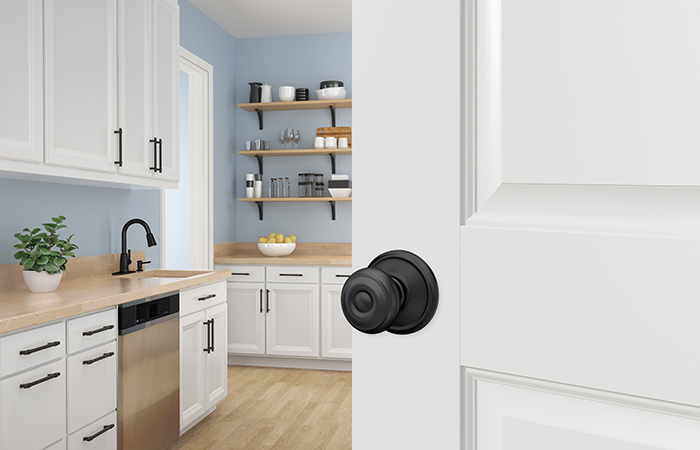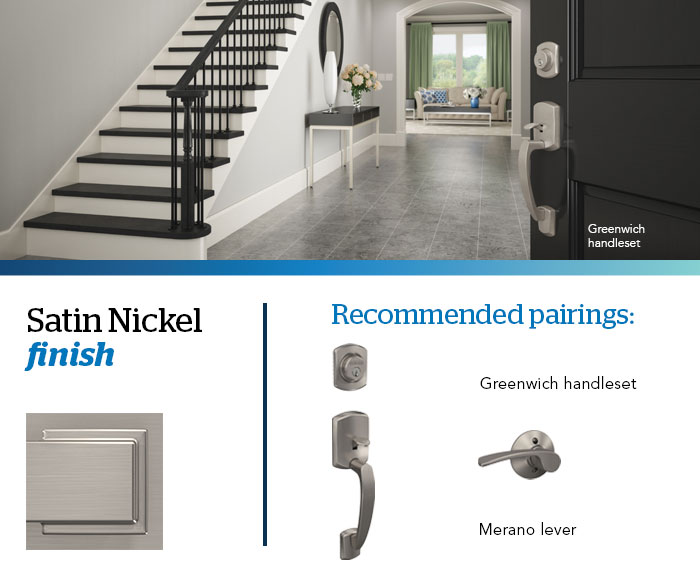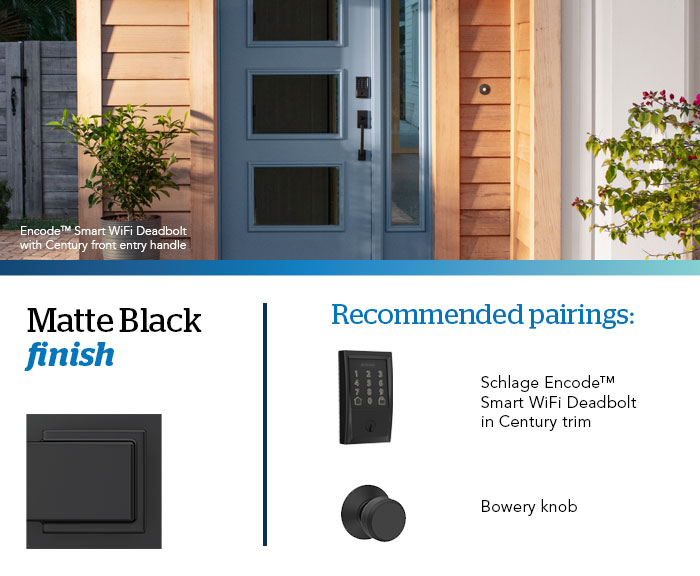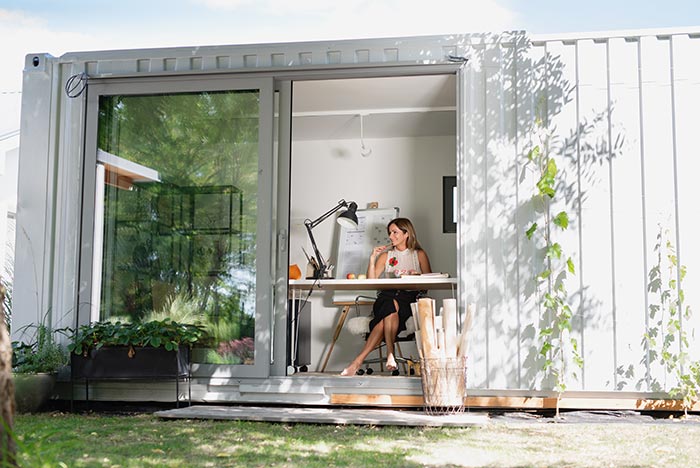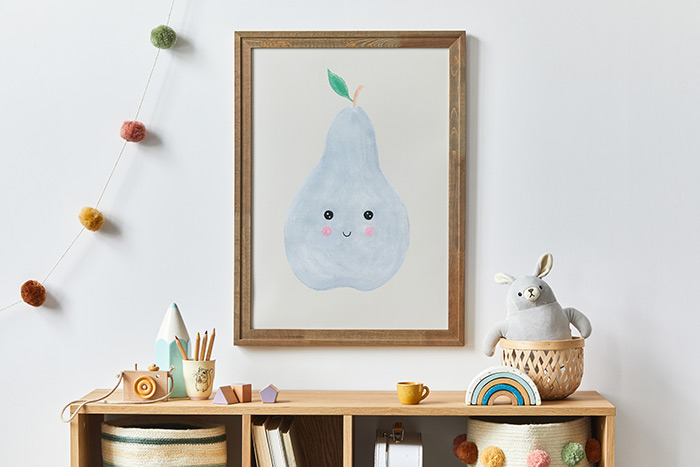Wednesday, November 24, 2021
Start spreading the joy at your front porch with these tips to boost your curb appeal for the holidays.
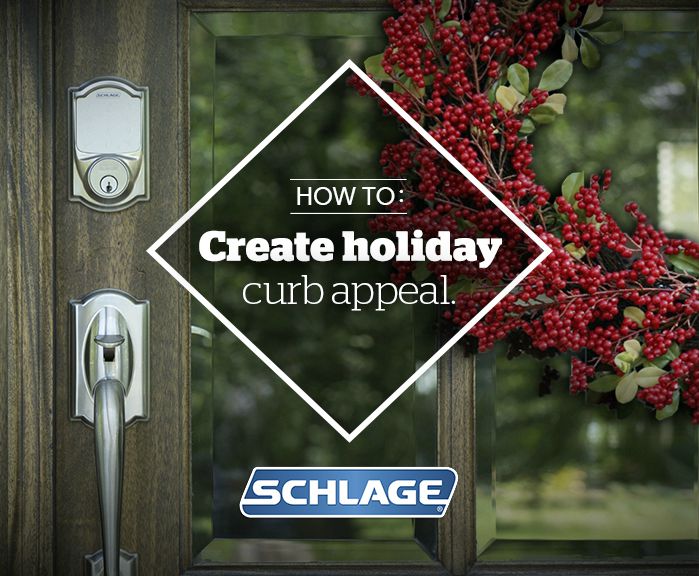
Greenery for holiday porches
Your landscaping doesn’t have to go totally dormant just because it’s cold. Front porch holiday planters with winter-friendly greenery like boxwood and spruce trees can add a pop of color to your entryway. Mix in winter berry, tie a ribbon around the planter or add ornaments to the arrangement for even more vibrancy.
Lights for long, festive nights
Glittering outdoor lights year-round have become more popular in the last few years, but they really shine (pun 100% intended) during the long winter nights. When deciding where and how to hang holiday lights, focus on your home’s architectural details. Line the roof, windows, an arch or porch overhang, even a winding walkway to highlight the everyday beauty your home already has. And don’t forget to brush up on these tips for designing the perfect holiday light show.
Windows for winter magic
Decorating your windows can create an ultra-traditional look for your holiday curb appeal. A single candle – choose LED for safety – in each window might be all the décor you need for a sophisticated street-side view. A wreath on each window, like Dixie Delights, is another classic choice.
Holiday decor for the front door
Every guest that comes to your home is going to see your front door, so make sure it’s welcoming. Wreaths are a popular choice for door hangings and come in all styles, from traditional green branches and berries to bright colored ribbon. A DIY holiday wreath like this one from Country Living can be a great craft to do with the kids on those cold winter afternoons. Just keep an eye on them when they’re using the glue gun.
Smart locks for party season
Spending time with family and friends is one of the best parts of the holiday season, but hosting often means juggling lots of tasks and responsibilities. Make it easier on yourself and your guests by installing a smart lock. Let those trusted visitors come and go securely by giving them their own code, especially if they’re staying overnight. There’s no more hiding a key under a rock, which isn’t very safe, and it’s so much easier for everyone to finish up that last-minute shopping in secret when you don’t have to keep track of who has a key and who needs one.
When you pair a connected smart lock like the Schlage Encode™ Smart WiFi Deadbolt with other smart devices in your home, you might find that hosting just got even more convenient. For example, when all your guests have arrived, ask Alexa to start the holiday party. Then any events you’ve scheduled as part of your holiday party scene – playing music, adjusting the lights, even locking the door – are triggered at once without you running around the house and ignoring your guests. Check out these 50 holiday Alexa commands for more ideas.
Lastly, if you’re the one headed out of town, a smart lock can help you trust that all is calm while you’re away. Using a compatible app, you can make sure your door is locked, see if someone like the pet sitter has used an access code to enter the house or receive a notification if there’s a disturbance at the door. Pair your Schlage smart lock with another device like the Ring Video Doorbell, and your options get even greater.
For more front porch holiday decorating ideas, check out our Pinterest or learn more about our smart locks at Schlage.com.



